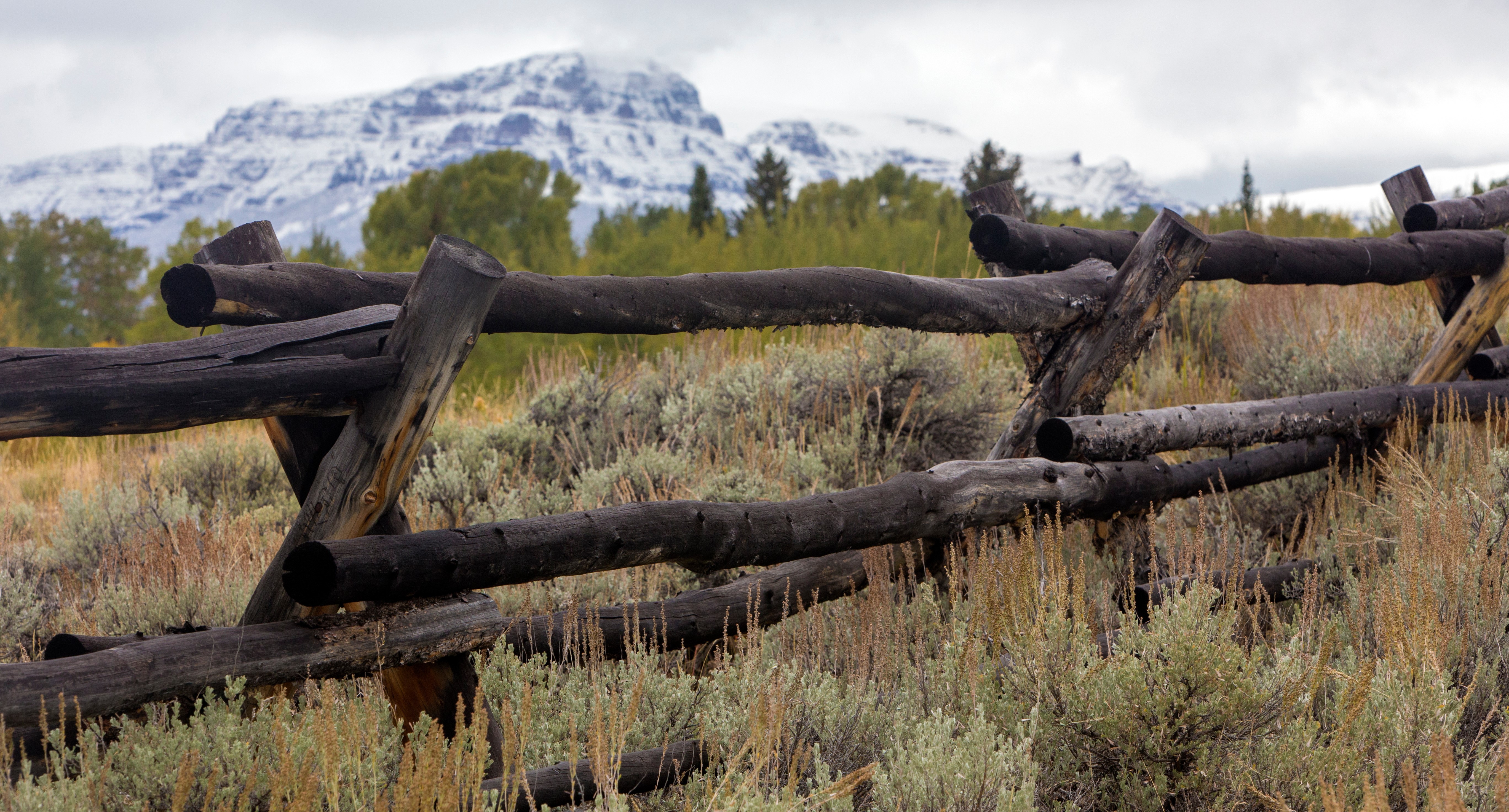
Niels Hansen
The great American West was built upon the ideals of hard work, perseverance, and tradition. It’s these same principles that serve as the foundation for so many families who ranch in that part of the country today. And that’s no different for Niels Hansen, a third-generation rancher from Rawlins, Wyoming. He takes pride in the rich family heritage and history of the ranch that has been in his family since his relatives immigrated to the United States from Denmark in the late 1800s. Niels’ involvement in the ranch comes after decades of generational investment from his ancestors. When Niels’ great uncles, Peter and Jim (Jens), immigrated to the United States, they both started ranches in the Rawlins area. In 1927, Niels’ father joined Peter and Jim in the United States and started working on the ranches, ultimately managing and owning the ranch started by Jim. Finally, Niels’ and his sister Anna became the third generation on Jim’s ranch, but the first to be born here in the United States.
A History of Data-Driven Decisions
Originally, Jim raised sheep and remount horses for the army, but over the years as new generations joined the business, the ranch evolved. From its beginnings with sheep and horses, to raising cow/calf pairs and yearlings, to now focusing on the yearling operation – Niels’ family is committed to using science-based, data-driven decisions to ensure that their ranch has the ability to be sustainable for generations. “My family has been working on improving the land through conservation for years,” recalled Niels. This deep-rooted passion for land conservation started with his great uncle in the early 1900s. In a time when over-trapping was a serious issue, he began live-trapping beaver and reintroducing them to the Rawlins area. The passion for improving the land and ecosystem in which they were responsible for has been passed from one generation to another, including Niels himself. “The land management aspect has really been our bread and butter that’s kept us going here for so long,” said Niels. “After two high runoff years in a row, we recognized that we had growing erosion and riparian problems. We got the University of Wyoming, and the Bureau of Land Management involved, we started working together on things, and it’s just been improving ever since.” Niels believes that a strong line of communication and trust with conservation professionals is vital to ensure the decisions being made are the best ones for the natural resources and the business. Daily, he relies on the strong working relationship that has been built with their Bureau of Land Management (BLM) range conservationist. It’s the frank conversations and council from others, both in and out of the industry, that allow him and his family to continue to be a good steward of the land and protect the reputation of their operation, along with the reputation of public lands ranchers throughout the west.
Leaving the Land to the Next Generation
For Niels, one of the most important parts of his daily work is to ensure that the decisions made today are decisions that will leave the land better and the business stronger than when he started working on it. While Niels is proud of the work his family has done on the ranch, he is prouder that his son will be able to build on the good work being done.
“One of the hardest parts about transition is truly letting it transfer,” explained Niels. “When my son started running the yearling operation, unless he called asking for help, I did my best to leave him alone.”
For Niels, it is commitment to innovation, respect for the land, and dedication to upholding a strong family legacy that has allowed him to improve the operation through the years. Even though some ranchers may find it hard to accept that the next chapter of conservation and management may be written by someone else, he knows that for ranchers to remain experts in conservation, it is essential that the next generation bring new and innovative ideas to the table – just as he did when he took over the ranch from his ancestors.
